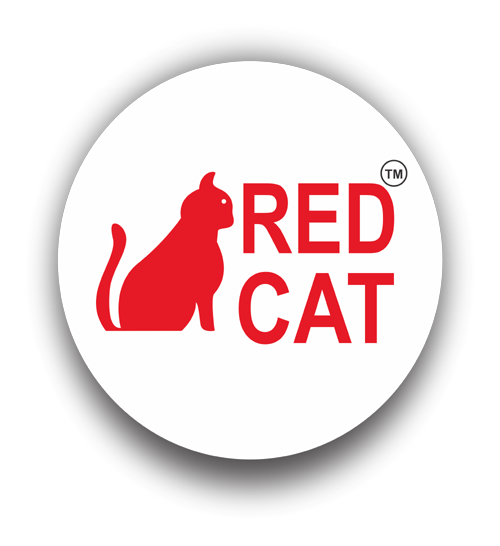For instance, workers’ compensation premiums rely upon an employer’s complete payroll, categorized by employee job duties, and a specific price per $100 of payroll. These comparisons lead to changes in subsequent forecasts, reallocations of funds, or detailed explanations for vital deviations from the unique plan. This reconciliation ensures that financial plans remain aligned with operational realities. This process corrects discrepancies between completely different financial information or techniques, bringing them into precise alignment. Insurers usually calculate premiums based on an employer’s estimated annual payroll. If the precise payroll is greater than initially estimated, the employer owes additional premium; conversely, if it’s decrease, the employer may receive a credit score or refund.
For occasion, if an expense was underestimated, the adjusting entry would debit the expense account and credit a legal responsibility or money account. Proper documentation of the true-up course of, including calculations and supporting data, is maintained for audit and evaluation purposes. Following the comparability, the specific distinction between the estimated and precise figures is calculated.
Contact Sales
Contractual true-ups are prevalent in service agreements and vendor contracts, particularly these involving usage-based billing or performance-based funds. Software licenses or cloud computing companies typically bill based on estimated utilization, such as information storage or processing hours. At the end of a billing cycle, the service supplier compares estimated utilization towards precise consumption. This reconciliation leads to an adjustment to the final bill, charging for excess utilization or crediting for under-utilization. Reconciliation additionally ensures compliance with contractual terms or regulatory requirements that mandate changes as soon as final information is out there.
This begins with a comparability between the estimated monetary determine and the actual, confirmed amount. For example, a business might examine its estimated utility expense for a month against the precise bill obtained. This entry usually entails rising or reducing an expense, revenue, asset, or liability account to mirror the precise determine. For instance, if an estimated expense was too low, the journal entry would improve the expense and decrease cash or increase a payable. Study how accounting true-ups reconcile estimates with actuals, ensuring precise financial records for dependable reporting and knowledgeable business decisions. Preliminary invoices for project-based work might be primarily based on estimated labor hours, material prices, and other expenses.
A giant warehouse records stock values primarily based on estimates and sales/returns information. Creating a standardized workflow or checklist ensures consistency in how true-ups are dealt with. By using apply management software, you’ll find a way to automate processes, delegate tasks, track work progress, and keep a streamlined workflow. This reduces inefficiencies, prevents missed steps, and improves total team coordination. True-up adjustments provide insights into areas where estimations might have been inaccurate.
Nearby & Associated Entries:
These adjustments assist companies adhere to the matching principle, which requires expenses to be acknowledged in the identical period because the revenues they helped generate. For instance, if an expense was estimated for a interval, a true-up ensures the precise expense is correctly https://www.bookkeeping-reviews.com/ allotted to that period. Compliance with accounting requirements, such as Generally Accepted Accounting Principles (GAAP), additionally helps accurate and constant reporting. Precise financial knowledge, achieved by way of true-ups, supports knowledgeable enterprise decisions and effective monetary planning. True-ups are applied throughout enterprise features the place initial estimates precede ultimate information. One common area includes payroll true-ups, notably for employer-sponsored benefit contributions like 401(k) matching.
An increase or decrease is then utilized to the financial data to reconcile the preliminary estimate with the verified precise, ensuing in the last, correct figure. Thorough documentation all through this process is essential for transparency, offering an audit trail and demonstrating adherence to inner controls and regulatory requirements. Contractual agreements, similar to these for cloud companies or royalties, regularly incorporate true-up clauses.
Facilitates Regulatory Compliance
These changes can apply to a selection of monetary parts, corresponding to revenues, expenses, or liabilities. For occasion, true-ups usually happen when estimated taxes are reconciled with precise tax liabilities or when payroll expenses are adjusted based mostly on hours worked versus hours budgeted. Implementing a true-up process ensures that your monetary statements remain precise and compliant. It ensures monetary figures accurately reflect a company’s true financial place or performance by aligning estimated or provisional quantities with precise, verified data. This fundamental accounting adjustment is critical to take care of the integrity of monetary reporting and provide a clear image of a business’s financial well being. A true-up is the accounting strategy of reconciling an estimated or preliminary financial figure with the precise, ultimate amount.
- A true-up is a monetary or accounting adjustment made to reconcile an estimated quantity with an precise, last figure.
- For instance, if an estimated expense was $500 and the actual expense turned out to be $600, the true-up amount could be a $100 enhance.
- Income recognition necessitates true-ups, notably for project-based work or subscription providers the place income is initially estimated or deferred.
- Perceive how accounting true-ups reconcile estimates with actual figures, guaranteeing monetary precision and reliable reporting.
Correct record-keeping ensures transparency and facilitates audits or financial evaluations. By following greatest practices like common accounting term true up monitoring, leveraging automation, and maintaining accurate documentation, companies can make the true-up process simple and environment friendly. With Basil, you can streamline your accounting processes, manage shopper engagements, and enhance general efficiency.
These initial numbers are essential for planning, budgeting, and interim reporting, especially when precise knowledge just isn’t yet out there or fully decided. Factors like unknown variables or future occasions necessitate using such preliminary figures. This reconciliation aligns a company’s financial data with actuality, preventing misrepresentation of its monetary place, performance, and cash flows. A “true-up” is a basic mechanism to maintain accuracy in monetary reporting.





